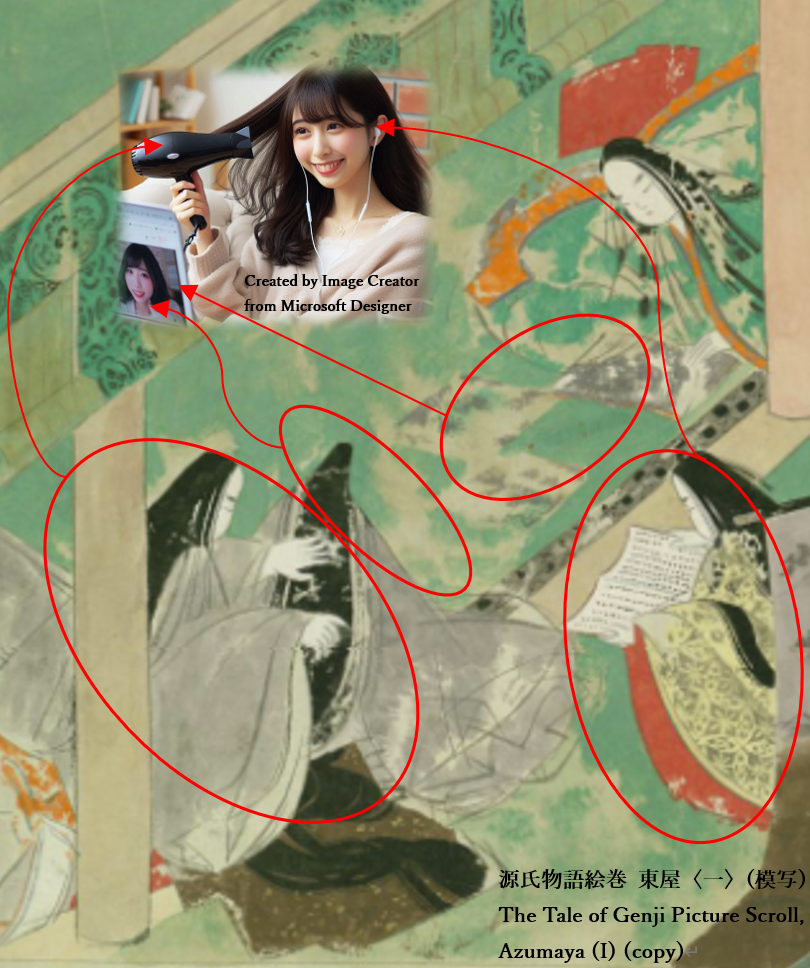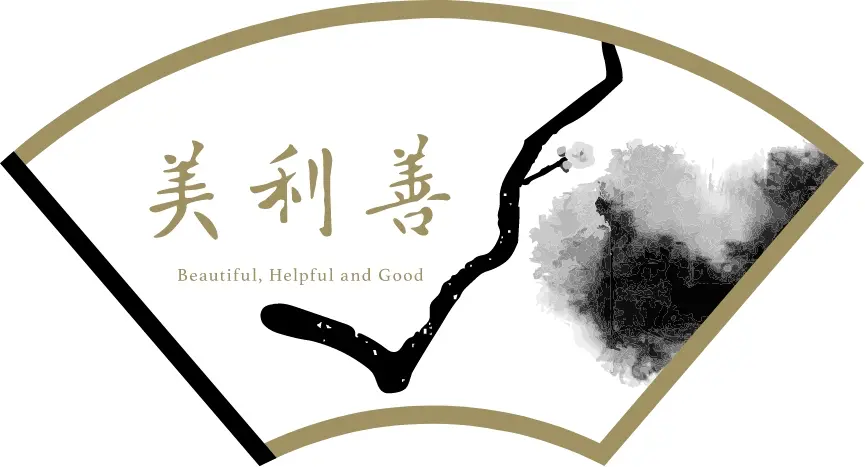Kyoto for Entrepreneurs-Part 2

In Japan, the size of the content market for manga, anime, games, etc. will reach 14,678.6 billion yen (equivalent to 2.61% of domestic GDP) in 2022 (according to a survey by Human Media Co., Ltd.).
Last month, the Japanese government announced a new policy (the “New Cool Japan Strategy”),which aims to position these content industries as “key industries” and promote their overseas development.
At the “IVS Crypto 2024 KYOTO” (hosted by Headline Japan/Kyoto Prefecture/Kyoto City), which was recently held in Kyoto and attended by over 12,000 people from Japan and abroad, there was a great deal of interest in the potential of new technologies such as web3 and AI to interact with the content industry.
Some may not like the idea of adults getting together to talk about anime and games. However, I believe that it is one of the distinctive features of Japan’s long history and culture that these so-called “subcultures” have been closely intertwined with politics and industry.
About 1,000 years ago, in the aristocratic society of Kyoto, “subcultures” referred to “stories” and was considered reading material for women and children. It is thought that “The Tale of Genji” was initially treated as such, but according to the diary of its author, Murasaki Shikibu, it is believed that an elite team have worked together to produce a lavish booklet for the emperor at the initiative of the empress Shoshi, who later became known as the “Wise Empress.”
It is thought that the oldest existing picture scroll of The Tale of Genji (designated as a National Treasure: Tokugawa version/Goto version) was produced about 100 years later, during the Shirakawa-Toba period of the imperial rule. It would seem that, according to the records left by the aristocrats of the time and later generations, this was indeed a project that was considered a major national undertaking, and that it was the sole responsibility of the rulers of the time.
As time has passed, we have been fortunate to witness the evolution of technology, which has greatly enhanced the convenience of our lives. In the past, it often took half a day just to dry one’s hair and days to complete a painting. Today, however, we have the advantage of image-generating AI, which can produce a certain level of content (as seen in the upper left image of the opening picture) in a much shorter time than it would take to dry hair with a hair dryer.
It would appear that, despite the use of the latest technology, it is still a significant challenge to create content that can match the quality of The Tale of Genji.
It is conceivable that the latest generation of AI could create a full-length story in a matter of seconds, spanning over 70 years, with approximately 1 million sentences, over 400 characters, and 795 waka poems.
It appears that the young woman in the opening AI image resembles a more contemporary person than the princesses painted in the style of “hikime-kagihana,” where a person had a thin horizontal line for eyes and a hook-shaped nose depicted some 900 years ago. However, there seems to be a lack of something.
We will continue to develop our services with a focus on the value that can only be provided by humans, while utilizing cutting-edge technology. We look forward to another opportunity to discuss this “lack of something” in AI-generated products with you.
Image Scroll: Created based on National Diet Library, “NDL Image Bank”
“The Tale of Genji Image Scroll, Azumaya (I)” (copy) , Meiji period, 1911
AI Image: Created by Image Creator from Microsoft Designer

